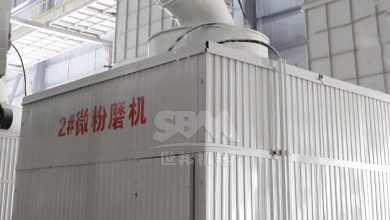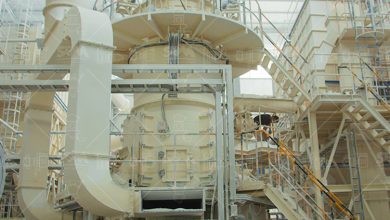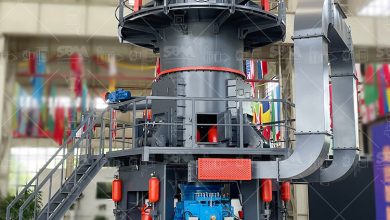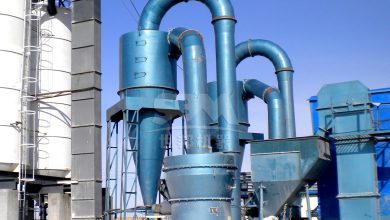Comprehensive Analysis of Material Adaptability in Grinding Mills
Introduction
Grinding mills play a pivotal role in mineral processing, cement production, and other industrial applications. The adaptability of grinding equipment to various materials directly impacts operational efficiency and product quality. This article provides a technical evaluation of material compatibility across different grinding technologies, with special focus on ZENITH’s innovative solutions.
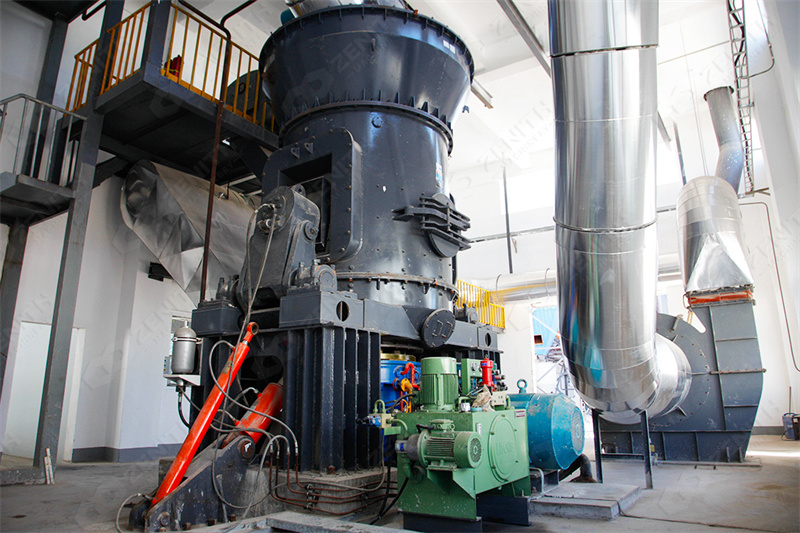
1. Fundamental Principles of Material Grinding
Material grinding involves three primary mechanisms:
- Impact crushing: High-speed collisions between grinding media and particles
- Attrition: Frictional forces between particles under pressure
- Shearing: Cutting action at material interfaces
2. Material Characteristics Affecting Grindability
| Property | Impact on Grinding | Solution Approach |
|---|---|---|
| Mohs Hardness | Determines wear rate and energy consumption | Special alloy grinding components |
| Moisture Content | Affects flowability and agglomeration | Pre-drying systems |
| Abrasiveness | Influences equipment maintenance cycles | Wear-resistant linings |
ZENITH’s Technological Solutions
With over 30 years of engineering expertise, ZENITH has developed advanced grinding systems that address diverse material challenges:
2.1 XZM Ultrafine Mill – Precision Processing
Our XZM Ultrafine Mill represents a breakthrough in fine powder production:
- Capable of achieving 5μm particle size (D97)
- Energy consumption 30% lower than conventional mills
- Vertical turbine classifier ensures precise particle distribution
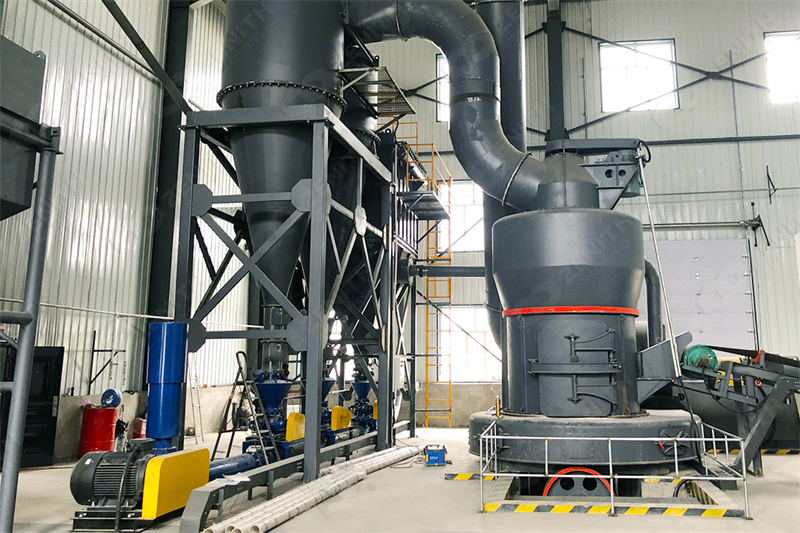
The mill’s unique three-layer grinding ring design enables progressive size reduction, making it ideal for processing:
- Calcium carbonate
- Talc
- Kaolin
- Other industrial minerals
2.2 MTW Series Trapezium Mill – Heavy-Duty Applications
For coarser grinding requirements, our MTW Series Trapezium Mill offers:
- Input size up to 50mm
- Output range 30-325 mesh
- Capacity up to 45 tons/hour
Key technological advantages include:
- Combination wear-resistant shovel blades reduce maintenance costs
- Curved air duct design minimizes energy loss
- Integrated bevel gear transmission (98% efficiency)
Case Study: Limestone Processing
A recent installation at a Southeast Asian cement plant demonstrated the MTW215G mill’s capabilities:
- Material: Limestone (Mohs 3-4)
- Feed size: 0-50mm
- Production: 38 tons/hour of 325 mesh product
- Energy consumption: 18.5 kWh/ton
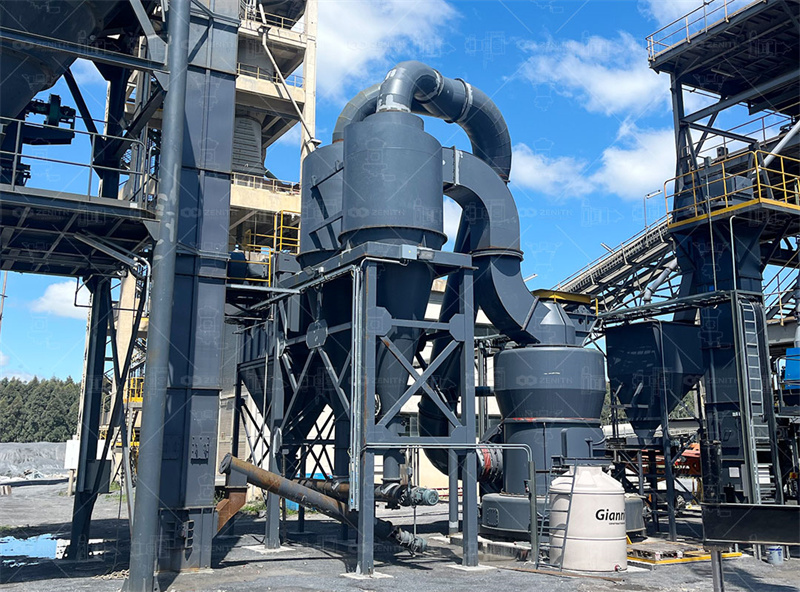
Conclusion
Material adaptability remains a critical factor in grinding system selection. ZENITH’s comprehensive product range, from our ultrafine XZM mills to heavy-duty MTW trapezium mills, provides solutions for virtually any mineral processing requirement. Our patented technologies in wear protection, energy efficiency, and particle classification ensure optimal performance across the hardness spectrum.
With R&D teams including State Council-subsidized engineers and participation in national standard formulation, ZENITH continues to lead innovation in grinding technology. Our global service network spanning 170 countries guarantees professional support throughout equipment lifecycle.


